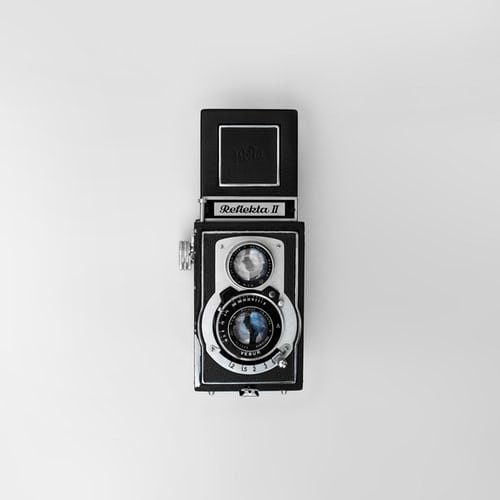Advantages and Disadvantages of Multiple Camera Setups for Live Cinematic Multicamera Productions

A live cinematic multicamera shoot is the perfect opportunity for a multiple camera setup. Unlike other filmmaking methods, a live shoot does not have the luxury of a second take, so a multiple camera setup is virtually indispensable. Having more than one camera allows the team to cover all angles, without the hassle of moving a single camera location.
In this article, we'll discuss the advantages and disadvantages of using multiple cameras to capture live video. The intercom over fiber system also features an 1800-fiber backend that seamlessly knits together a variety of components and gives producers and filmmakers flexibility tailored to their production needs. It is also flexible enough to easily integrate into existing infrastructures. The versatility of live cinematic multicamera productions is unmatched by any other type of film production. A live cinematic multicamera shoot usually consists of two main shots: one wide shot of the entire performance, and another, tighter shot of a single performer. These shots need not be timed regularly, but should differ in perspective. The overall director instructs the camera operators and technical director when to switch from one camera to another. The overall director also sets the sequence of shots, as well as the editing requirements. Look for more facts about electronics at http://www.ehow.com/ehow-tech/blog/8-amazing-gadgets-from-this-years-consumer-electronics-show/.
The ARRI AMIRA Live Camera combines natural, Super35-style photography with streamlined multicamera setups. The ALEV III Super35 sensor provides a wide dynamic range, while 3D LUT support offers cine-style features. The AMIRA Live Camera is also cable-free, thanks to the separately available 1800 fiber back. By eliminating the need for external cables, AMIRA Live makes setup faster and safer. It also eliminates the risk of accidental disconnection and port damage. Multiple camera sets also make the filming process much easier.
Multicamera productions are able to shoot more footage in less time. The director can control the camera position on the set by adjusting the zoom levels of each camera to capture a clear shot of the subject. This allows for more creative control. During the production process, a live cinematic multicamera setup is also more cost-efficient. Moreover, the output from multiple cameras can be recorded separately. The output from all cameras can be recorded separately using fibre camera adapter techniques. The 1800 series fiber back mounts directly onto the camera. Unlike the single-camera setup, this new technique allows the camera to interact with the studio environment. Using a fiber back reduces the risk of cable disconnection. The 1800-series fiber back also simplifies connection troubleshooting. For the director, this feature is a must-have for a live cinematic multicamera production. It is a great tool for quick filming.
